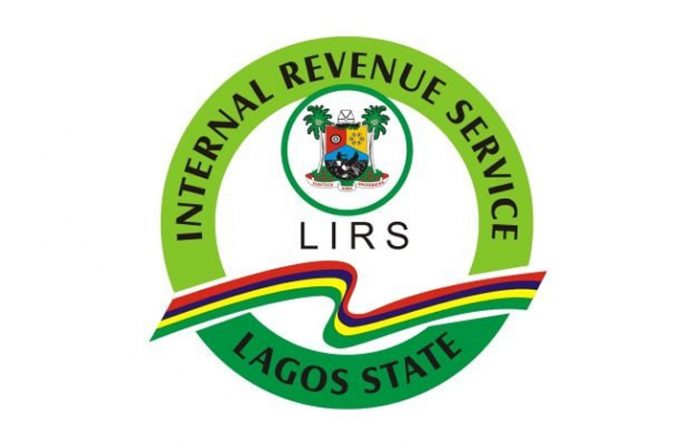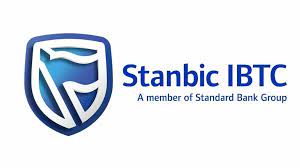24/4/2018/ ARM Research
A year ago, precisely the 21st of April 2017, after increasing pressures, the Central Bank of Nigeria (CBN) rattled markets, announcing in a surprise move the establishment of the Investors’ & Exporters’ FX Window (IEW). Furthermore, to support appropriate price discovery, among others, the FMDQ developed a new fixing, the Nigerian Autonomous Foreign Exchange Fixing (NAFEX), which is the benchmark rate for FX spot transactions in the IEW.
This move trailed a raft of policy measures as the CBN made a U-turn with regard to its currency policies, following the widening of FX market premium between interbank and parallel market to a post-floatation high of 70% (20th of February 2017) and a fiscal nod from the National Economic Council mandating the CBN to take actions to stem widening parallel market premiums.
Anniversaries are inevitably a time of taking stock. Where have we been? Where are we going? What have we accomplished? And as the IEW marks one year, the question that can justifiably be asked is whether the current FX stability is sustainable.
Foreign flows dictating market direction
The first two months of the operation of the IEW saw CBN activity at the highest level. The CBN supplied a total of $323 million to account for 31.4% of total inflow. As market confidence became more solidified, the apex bank’s proportion of total inflow receded gradually as international flows kept the market well-greased. From a low of $1.2 billion dollars over the first three months of operation, foreign flows have remained consistent to reach a high of $3.7 billion in Q3 17. By the end of Q4 17, total foreign flows had risen 8.8% QoQ to $4.0 billion with the pace of growth strengthening over Q1 18 as international flows expanded further to $5.8 billion (+43.1% QoQ).
CBN is mopping excess supply
After a net supply of c.$135 million in April and June 2017, the CBN has since been a net buyer at the IEW. Supply in the IEW has consistently outpaced demand, providing CBN with an easy reservoir to shore up its external reserves, a move we view, as a pre-emptive measure for any expected outflows stemming from global monetary policy normalisation and domestic political risk. Although the CBN has been a net buyer in the market since August 2017 (~$569 million average net purchase from August – December 2017), the rate of mop-up intensified over Q1 18 – net purchase of $3.7 billion (average of 1.2 billion). Overall, since the opening of the IEW, aggregate CBN net purchase at the window is more than $10.5 billion, the same period that saw $8.6 billion accretion in external reserves. However, the expanding excess supply at the IEW is yet to translate to any significant appreciation of the naira at the NAFEX, which begs the question, is the CBN trading off between an appreciation in the value of the naira and currency stability.
Tentative Optimism for the Naira
In our opinion, the naira remains in a tentative state, but clings onto a positive bias, as higher oil prices and production, sustained accretion to the reserve, and robust FX supply in the IEW speaks to reduced risk. The only concerns, which are somewhat long term remains our outlook for crude oil prices in 2019 and the multiple exchange rate regime. In 2018, we do not foresee any sudden shock to the currency despite possible foreign outflows in H2 18 estimated at $9.5 billion. Thus, with our forecast of a $600 million average monthly accretion to the reserves, we expect the external reserves to end the year above $52 billion with an import cover in excess of 14 months by the end of 2018.
Going into 2019, our outlook of a moderation in crude oil prices and expectation for further decline in portfolio flows – given the softening yield environment and aggressive monetary policy in developed economies – speaks to increased intervention across segments of the FX market by the apex bank to sustain the naira within current band. However, we believe the apex bank won’t be able to maintain the naira at the current band as the current hitch-free flows automation at the IEW would fall apart, creating short-term demand-supply shocks over 2019. Thus, we see fundamental driven pressures as underpinning the scope for down-leg in the USDNGN (8-10% from current levels) over H2 2019 – which implies average exchange rate of N401.55/$ to N403.54/$.














